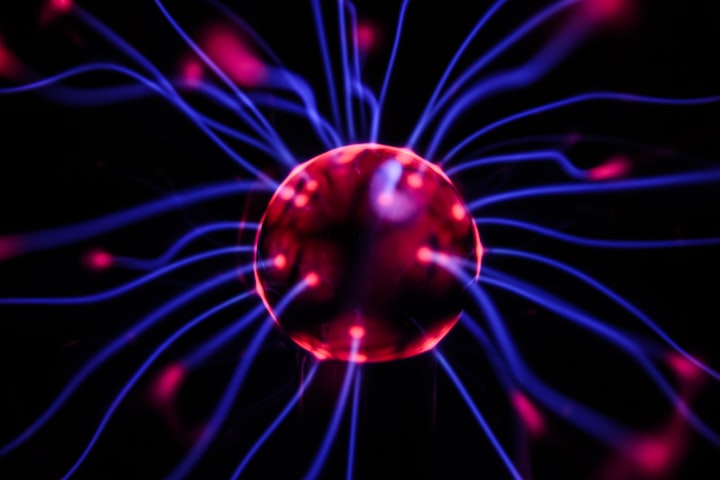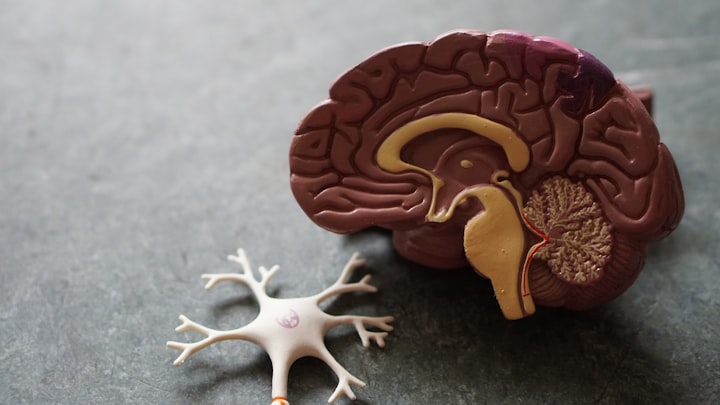Are video games and Computer screens, including cell phones and most electronics, considered another addiction?
The neurotransmitter called Dopamine
Within modern society, most of us, and indeed our kids, have electronic apparatus with screens. There is considerable discussion over the implements of screen control and disclosure of violence in video games. According to the American Academy of Pediatrics (AAP), some of the rigid protocols for screen time may be unnecessary, indicating that not all time kids contribute to screens, including digital devices, is harmful (AAP, 2020). The AAP suggests a balance between the rising dependency on technology and what is healthful for youthful and growing minds (AAP, 2020).
In 2014, Zhejiang Normal University in China discovered that inexperienced adults addicted to online gaming indicated lower amounts of gray and white brain matter than young adults in the supervised group who were not addicted to online gaming (ZNU, 2020). According to Zhejiang Normal University, lower volumes of gray and white matter in some areas of the brain indicate enhanced frustrations with decision-making, impulse management, and emotion regulation (ZNU, 2020). Some of these indicators may lead to a lack of sleep, mood, and social learning in children and adolescents.
According to further research and studies on the brain, video games' s operations mimic visual information that our minds associate with exposure (Mayo Clinic, 2020). This can be essential to consider that our brains react to sensory input, whether legitimate or perceived. An example of this could be when some of us have gone to a movie and showed an emotional response like crying, laughing, or even startled in reply to the visual, audible, and emotional incidents within the movie. It doesn’t matter if the movie's situation is a gripping drama, entertaining comedy, or a graphic horror film.
Dunckley, in her column titled “This Is Your Child’s Brain on Video Games,” describes excessive video game practice can potentially contribute to adolescents’ brains being hastened in a perpetual state of hyperarousal, where the fight-flight response that identifies risk is too provoked by disclosure to excessive stimulation and violence in video games (Dunckley, 2016). This hyperarousal state can appear differently for each child and indicate problems with staying focused, maintaining emotions, governing impulses, following objectives, and enduring frustration. In addition to this, difficulties expressing themselves involving feelings of compassion, creativity, and engagement in learning likewise become impacted.

The feel-good chemical distributed in the brain when we encounter achievement, or some success is known as hyperarousal and is triggered by a release of dopamine (Mayo Clinic, 2020). This is the same dopamine release process that brings addiction to video games, screens, and even chemicals, such as alcohol or medications. Dopamine is an authoritative neurotransmitter that helps us sustain interest and awareness, making it almost impossible to separate ourselves from a video game or interesting post on Facebook. The action is self-reinforcing, and the further pleasing we feel about the action, the more dopamine is released, and the greater attention we devote to the activity. These biological processes can bring long-term and even perpetual developments in the brain that involve comprehensive behavioral and medical treatment to modify.

Dopamine can also be responsible for muscle movement and cause Parkinson’s disease (Advokat, Comaty, & Julien, 2019). Maintaining a healthy diet could also help balance dopamine levels because our bodies need certain amino acids to produce dopamine, and amino acids are found in protein-rich foods (Mayo Clinic, 2020). In opposition to this, eating high amounts of saturated fat can lead to lower dopamine activity. Research also suggests that a deficiency in vitamin D can lead to low dopamine activity. While there is no over the counter dopamine supplements, exercise can affect dopamine levels and help them increase naturally.

To Further Elaborate on the effects of Medication on the Brain
To provide an effect, a drug must attach to and collaborate or interact with specific receptors commonly situated on cell membranes (Advokat, Comaty, & Julien, 2019). This is particularly the situation involving psychoactive drugs. These receptors are frequently based on the surface of neurons in the brain. The activity of a receptor by a drug, in other words, drug-receptor binding that manages alteration in the neuron's functional properties, arises in the drug’s specific type of pharmacological response. Traditionally, these responses within drug-receptor binding are both ionic and reversible, with positive and negative charges on the drug molecule's various fractions and the receptor protein drawing one to the other (Advokat, Comaty, & Julien, 2019). The effectiveness of ionic attachment is measured by qualifying the three-dimensional architecture of the drug to the three-dimensional location on the receptor. Mainly, when a psychoactive drug connects to a receptor and thereby modifies, activates, or cuts off the natural functions of that receptor, the neuronal feedback to the cure is one of two types: a direct response to the existence of the drug on the receptor or when the drug is delivered over a more significant period, long-term modifications in the properties of the receptors occurring in long-term alterations in the neuronal, brain, and behavioral functioning (Advokat, Comaty, & Julien, 2019).

Immediate responses often result from the acute binding to its receptor with the commencement of a direct neuronal and often behavioral outcome. An example of this could be when someone is smoking a cigarette that contains nicotine or smoking illicit cocaine or methamphetamine culminates in a discharge of the neurotransmitter dopamine. Dopamine activates our reward system, and a stimulus or satisfying sense can follow this.
Individuals who have Parkinson’s disorder have a shortage of the neurotransmitter dopamine in their nerve axons' stations, which arise from the cell bodies of the substantia nigra (Advokat, Comaty, & Julien, 2019). As a proceeding, the output of dopamine delivered by the SN onto the basal ganglia systems is considerably decreased. This insufficiency develops into the manifestations of Parkinson’s disease. Management often comprises endeavors to rebuild dopaminergic function (Advokat, Comaty, & Julien, 2019).
References
AAP. (2020). Guidelines For Screen Time. American Academy of Pediatrics.
Advokat, C., Comaty, J., & Julien, R. (2019). Julien's primer of drug action: A comprehensive guide to the actions, uses, and side effects of psychoactive drugs (14th ed.). New York: Worth Publishers/Macmillan.
Dunckley, V. (2016). This is Your Child's Brain on Video Games. Psychology Today.
Mayo Clinic. (2020). Are video games and screens another addiction? Mayo Clinic Health System, 1.
ZNU. (2020). Addiction to Online Gaming. Zhejiang Normal University.
About the Creator
Dr. Reanna Waugh PhD
Dr. Reanna Waugh PhD Founder and CEO of Waugh's Holistic Wellness Center, Student, second PhD in Clinical Psychology, Life Coach at WHWC currently in Gladstone, MI (USA) with her husband, Kyle Waugh, a retired Veteran of the Air Force.







Comments
There are no comments for this story
Be the first to respond and start the conversation.